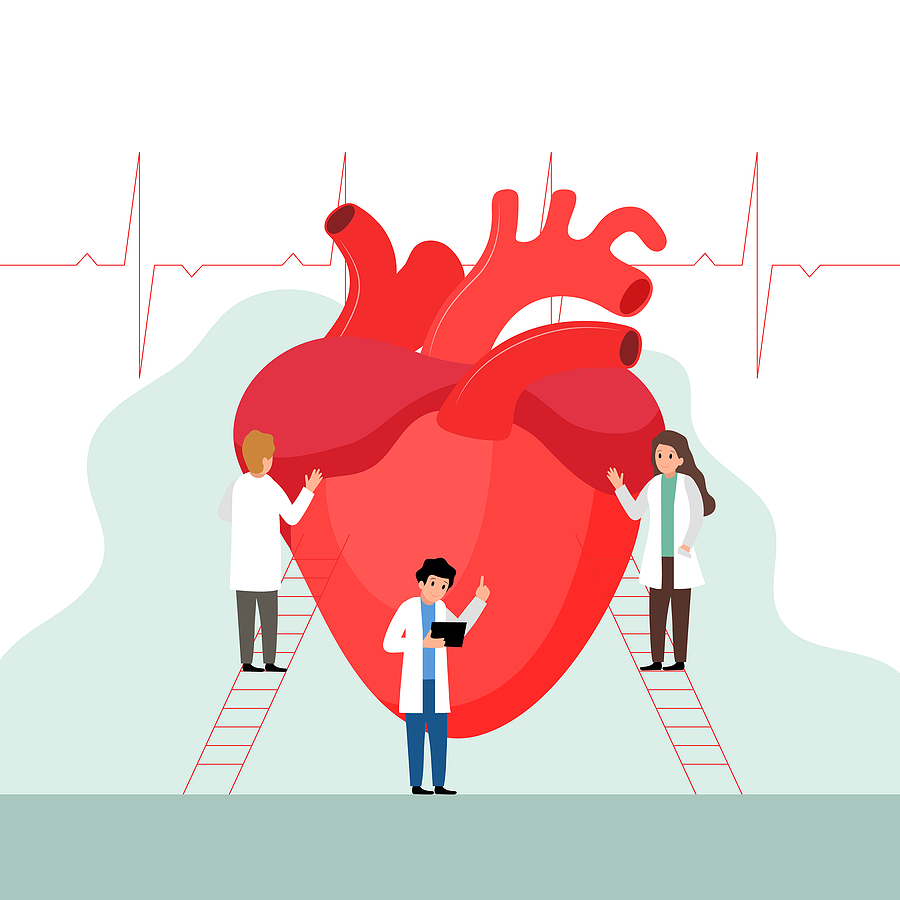In October 2013 the ABC TV science program Catalyst aired two episodes on statins. Presenter Maryanne Demasi ultimately lost her job over these and a later episode on mobile phones. But she’s a medical researcher and she’s still uncovering information about statins.
That two-part special argued that some people taking them were not going to benefit.
It also questioned the link between cholesterol and cardiovascular disease and argued that the benefits of statins had been inflated while the side-effects had been played down.
The backlash was swift and furious — from medical interests, the Heart Foundation and even other corners of the ABC. We heard dramatic estimates of the numbers who could die because of these shows.
That wasn’t the end of Demasi’s interest in statins though, and she’s been researching and presenting at conferences on this subject ever since.
Recently she was part of an independent international team (I’ll refer to them as ‘the international team’) who analysed the publicly available data from major studies on statins — 21 all up — to evaluate the extent to which they show that lowering LDL cholesterol (LDL-C) aka ‘bad’ cholesterol with statins reduces the risk of death, heart attack and stroke.
The data on individual patients from these studies are held by a group from Oxford who don’t make them available to other scientists. That group has also written most of the papers on the benefits of statins.
Perhaps the first point to note was that most of the 21 studies were funded by the pharmaceutical industry. While that doesn’t automatically discredit them, there’s clearly potential for bias.
Another interesting factor was the way they used statistics, especially a couple called absolute risk and relative risk. Don’t let your eyes glaze over — I promise it’s easy to follow.
Absolute risk is our straight-out risk of something. In this case, the risk of dying or having a heart attack or stroke.
Relative risk compares the risk between two groups, e.g. those taking statins and those taking a placebo.
To illustrate with a simplistic example, let’s say my absolute risk of having a heart attack is 4 in 100, i.e. 4%.
But if I take a statin my risk falls to 2 in 100, i.e. a drop of 2%. Since 2 is 50% less than 4, I could also say the statin reduced my risk by 50%. That’s relative risk.
So is the benefit of the statin 2% or 50%?
If you wanted to pump up your findings, you’d say 50%. Even though at 4 in 100 my chance of a heart attack wasn’t big in the first place.
This often happens in health research: relative risk is used when the absolute risk is low. But it’s deceptive if we’re only told part of the story.
You now won’t be surprised that the benefits of lowering LDL-C with statins tends to be presented using only relative risk. Typically, it’s around 20% — take a statin and your cardiovascular risk is reduced by 20% we’re told.
Yet the side-effects are presented using absolute risk. For example, the patient leaflet for Pfizer’s Lipitor lists common side-effects such as muscle pain, joint pain, increased blood sugar, headache and constipation, but says these can affect 1 in 10 people (10%).
So the benefits of statins are routinely presented using relative risk because that looks more impressive, and the side-effects are presented using absolute risk because that minimizes them in comparison.
The international team’s analysis of the 21 studies showed that in the case of heart attacks, for example, the difference in absolute risk between people taking statins and people taking a placebo was 1.3%. Not much. But the relative risk was 29%. Far more striking.
The 1.3% translates to this: 77 people would need to take statins for 4.4 years on average to prevent one heart attack.
Ideally, GPs would say to their patients “you have a 1 in 77 chance you’ll be the one who avoids a heart attack if you take this statin for 4.4 years, but you have a 1 in 10 chance of experiencing the side-effects”.
They don’t, but as the international team argues, we’d make more informed decisions on our treatment if we had all of the relevant information and could have more open and transparent conversations with our doctors.
The team concluded that in the 21 studies there was no consistent relationship between lowering LDL-C with statins and reducing deaths, heart attacks and strokes. Those most likely to benefit from statins were high-risk patients who’d had a previous heart attack.
It’s also clear that while the pluses of statins have been inflated the minuses have been downplayed.
All of which confirms the arguments made by those two Catalyst episodes almost nine years ago.
Photo Source: Bigstock

